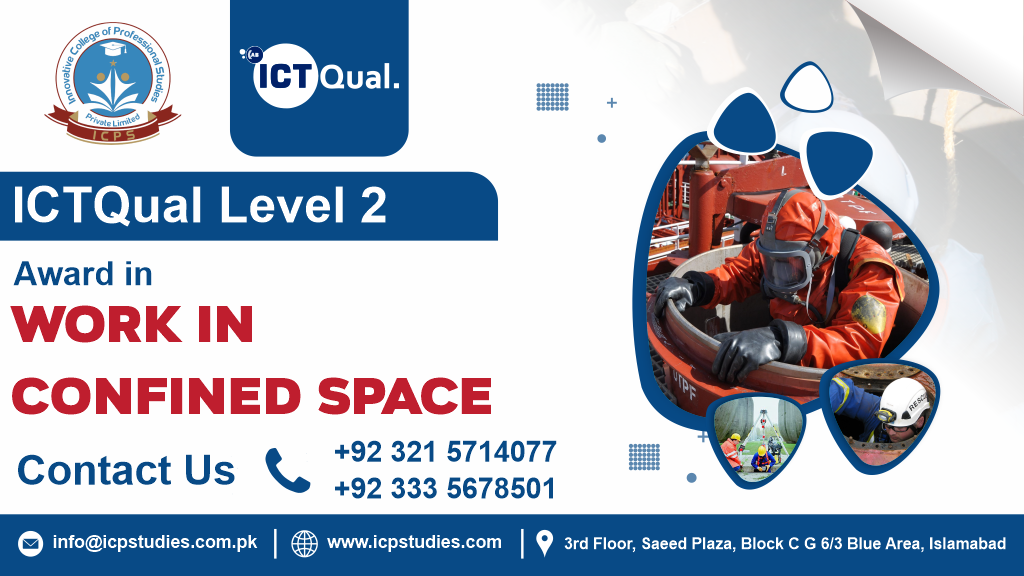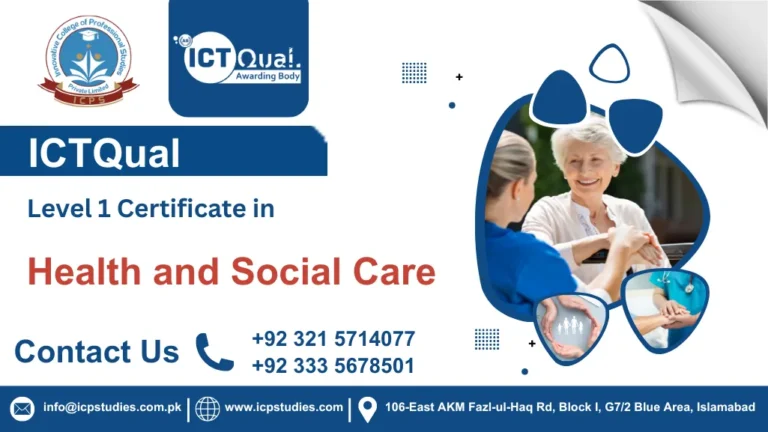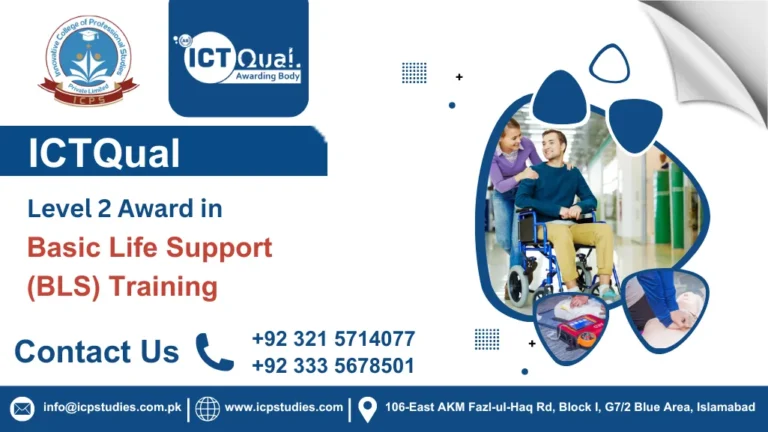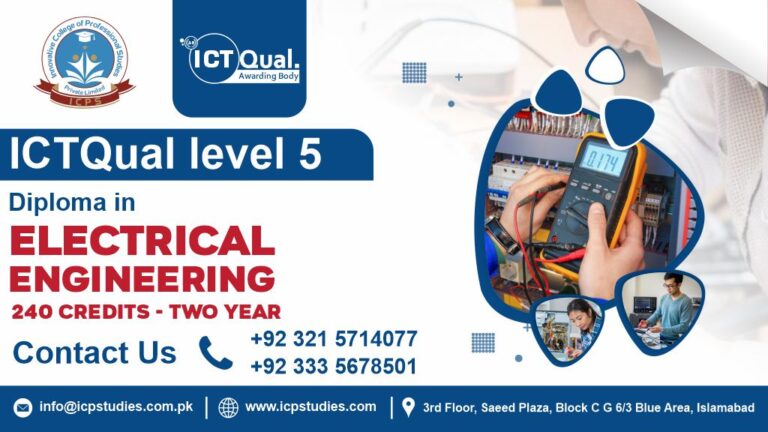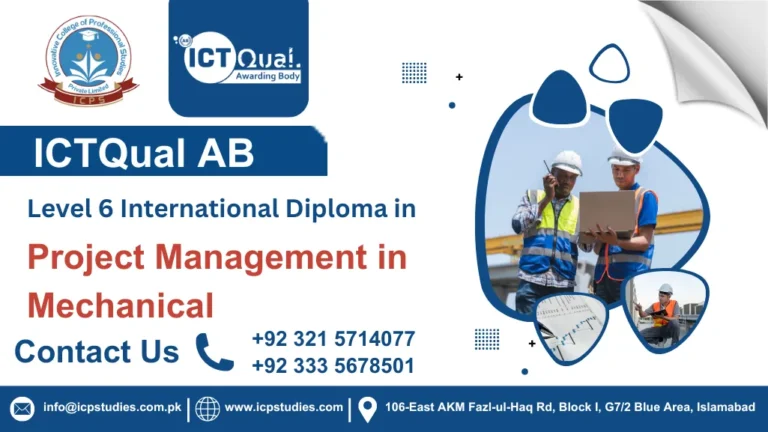In many industries, certain work environments present unique challenges that require specialized knowledge and skills to ensure safety and efficiency. One such environment is confined spaces. These are areas not designed for continuous occupancy due to their limited access points and potential hazards like poor ventilation, limited visibility, and the presence of hazardous substances. Workers in these spaces face significant risks if proper precautions are not taken.
The Level 2 Award in Work in Confined Spaces is a structured training program aimed at individuals whose work involves entering, working in, or supervising confined spaces. This could include roles in construction, utilities, manufacturing, and maintenance sectors where confined spaces are common.
Level 2 Award in Work in Confined Spaces is a valuable qualification for anyone working in or supervising operations within confined spaces. It provides the necessary skills and knowledge to ensure safety, compliance, and efficiency in challenging work environments. Whether you are new to working in confined spaces or seeking to refresh your skills, this course offers essential training that can make a significant difference in workplace safety and professional development.
All About ICTQual Level 2 Award in Work in Confined Space
Course Overview
The “Level 2 Award in Work in Confined Spaces” is a specialized qualification designed to equip individuals with the necessary knowledge and skills to work safely and effectively in confined spaces. Confined spaces are defined as enclosed or partially enclosed spaces that have limited access points and are not intended for continuous occupancy due to their design and potential hazards.
Level 2 Award in Work in Confined Spaces, participants typically receive a recognized certificate demonstrating their competence in safe practices and procedures when working in confined spaces. This qualification is essential for individuals working in industries such as construction, utilities, manufacturing, and maintenance, where confined space entry is required as part of their job responsibilities.
Study Units
- Introduction to Confined Spaces
- Legislation and Regulations
- Hazard Identification and Risk Assessment
- Safe Working Practices
- Use of Safety Equipment
- Emergency Procedures and Rescue Planning
- Communication and Teamwork
- Practical Skills Training
- Assessment and Certification
Admission Criteria
The “Level 2 Award in Work in Confined Spaces” course is specifically designed for individuals who work or intend to work in environments where confined spaces are present. This qualification is particularly relevant for:
- Operatives: Individuals who directly enter and work within confined spaces as part of their job responsibilities. This includes roles such as tank cleaners, welders, plumbers, and maintenance technicians.
- Supervisors and Managers: Those responsible for overseeing confined space operations, ensuring compliance with safety protocols, and coordinating rescue procedures if necessary.
- Health and Safety Personnel: Professionals involved in risk assessment, policy development, and ensuring organizational compliance with confined space regulations.
- Emergency Responders: Personnel involved in emergency response teams who may need to perform rescue operations in confined spaces.
- Construction and Maintenance Workers: Individuals in construction, utilities, manufacturing, and other sectors where confined spaces are encountered during routine operations.
- Safety Consultants and Advisors: Those providing advice and guidance on confined space safety practices within their organizations or to clients.
- Anyone Seeking Career Advancement: Individuals looking to enhance their safety knowledge and skills related to confined spaces to improve career prospects and opportunities for advancement.
Ideal Candidate
Entry requirements for the “Level 2 Award in Work in Confined Spaces” course typically include:
- Age Requirement: Participants must be at least 18 years old due to the nature of the training and the responsibilities involved in working in confined spaces.
- Health and Fitness: Participants should be in good health and physical fitness, as the course may involve practical exercises and simulations that require physical exertion.
- Language Proficiency: A good understanding of the language in which the course is conducted (usually English) to ensure comprehension of safety instructions, communication during practical exercises, and understanding of written materials.
- Previous Experience: While not always mandatory, some courses may recommend or require participants to have basic experience in relevant fields such as construction, utilities, manufacturing, or maintenance where confined spaces are encountered.
- Educational Qualifications: There are typically no specific academic qualifications required, but a willingness and ability to engage with theoretical and practical aspects of the course are essential.
- Employment Status: Participants may need to be currently employed or have a genuine intention to work in roles where confined space entry is a requirement.
- Medical Declaration: Some training providers may require participants to provide a medical declaration confirming their fitness to undertake practical elements of the course, especially if respiratory protective equipment (RPE) is used.
Learning Outcome
- Introduction to Confined Spaces:
- Define what constitutes a confined space and differentiate between confined spaces and other work environments.
- Identify common types of confined spaces encountered in various industries.
- Understand the unique hazards associated with confined spaces, such as atmospheric, physical, and biological hazards.
- Legislation and Regulations:
- Explain relevant health and safety legislation, regulations, and codes of practice related to confined spaces.
- Outline the legal responsibilities of employers, employees, and supervisors concerning confined space work.
- Discuss the consequences of non-compliance with confined space regulations.
- Hazard Identification and Risk Assessment:
- Identify potential hazards specific to confined spaces, including atmospheric conditions, physical hazards, and biological hazards.
- Conduct thorough risk assessments for confined space entry, considering hazard severity, likelihood, and exposure duration.
- Implement control measures to mitigate identified risks and ensure safe working conditions in confined spaces.
- Safe Working Practices:
- Develop and implement safe systems of work for confined space entry and operations.
- Establish procedures for entry and exit, including permit-to-work systems, atmospheric monitoring, and emergency procedures.
- Emphasize the importance of continuous monitoring and reassessment of conditions during confined space operations.
- Use of Safety Equipment:
- Select appropriate personal protective equipment (PPE) and specialized safety equipment for confined space entry and work.
- Demonstrate proficiency in the correct fitting, use, and maintenance of PPE, including respiratory protective equipment, harnesses, and communication devices.
- Understand equipment limitations and ensure equipment is used effectively to enhance safety in confined spaces.
- Emergency Procedures and Rescue Planning:
- Develop and implement emergency response plans and rescue procedures specific to confined spaces.
- Coordinate rescue operations effectively, including identifying rescue team roles and responsibilities.
- Practice simulated rescue scenarios to ensure readiness and competency in emergency response.
- Communication and Teamwork:
- Employ effective communication strategies within confined space teams, emphasizing clear roles, responsibilities, and protocols.
- Foster teamwork and collaboration to enhance safety and efficiency during confined space operations.
- Communicate effectively with external emergency services and support personnel as needed.
- Practical Skills Training:
- Demonstrate practical skills related to confined space entry, including setting up equipment, conducting pre-entry checks, and implementing safety measures.
- Practice safe entry, movement, and exit procedures in simulated confined space environments.
- Apply theoretical knowledge to real-world scenarios to develop competency in confined space operations.
- Assessment and Certification:
- Successfully complete assessments to demonstrate understanding and application of confined space safety principles.
- Receive certification upon successful completion of the Level 2 Award in Work in Confined Spaces, verifying competency in safe confined space practices.
- Understand the importance of ongoing training and certification renewal to maintain competency and ensure compliance with industry standards.
These learning outcomes are designed to ensure that participants gain comprehensive knowledge, practical skills, and confidence to work safely and effectively in confined spaces, adhering to legal requirements and industry best practices.
FAQs about ICTQual Level 2 Award in Work in Confined Space

